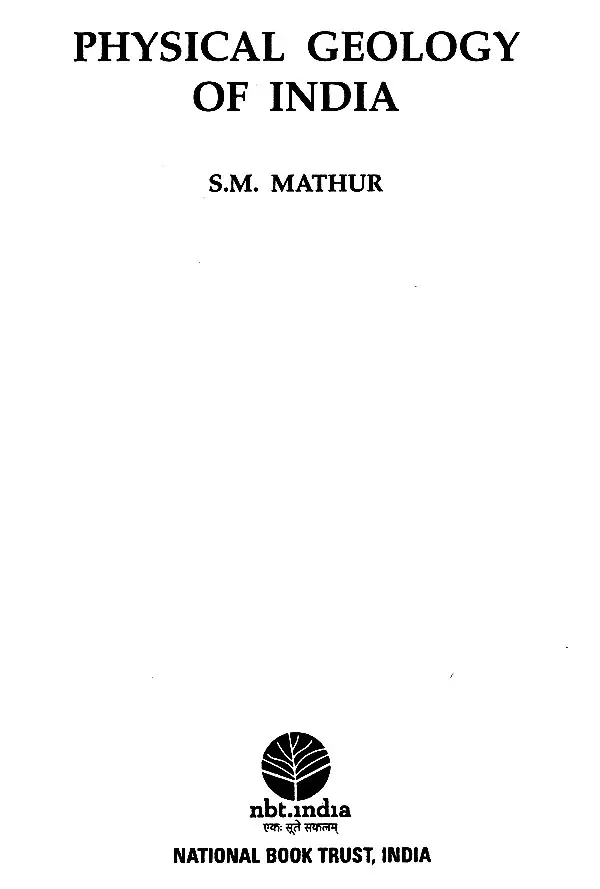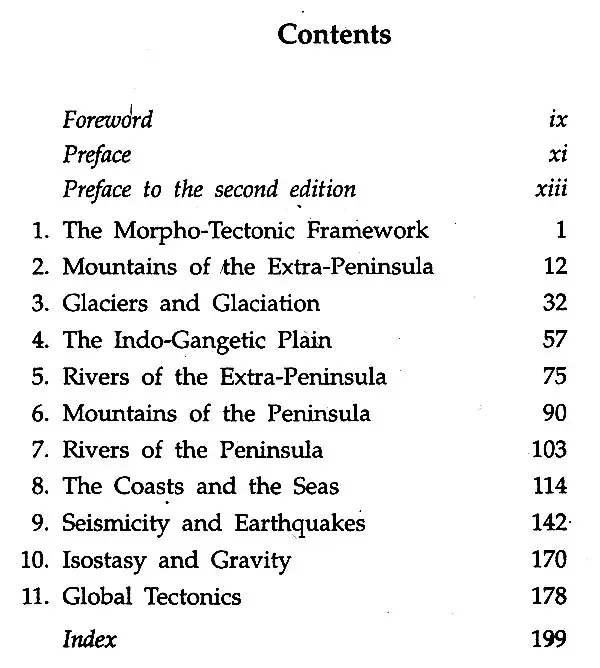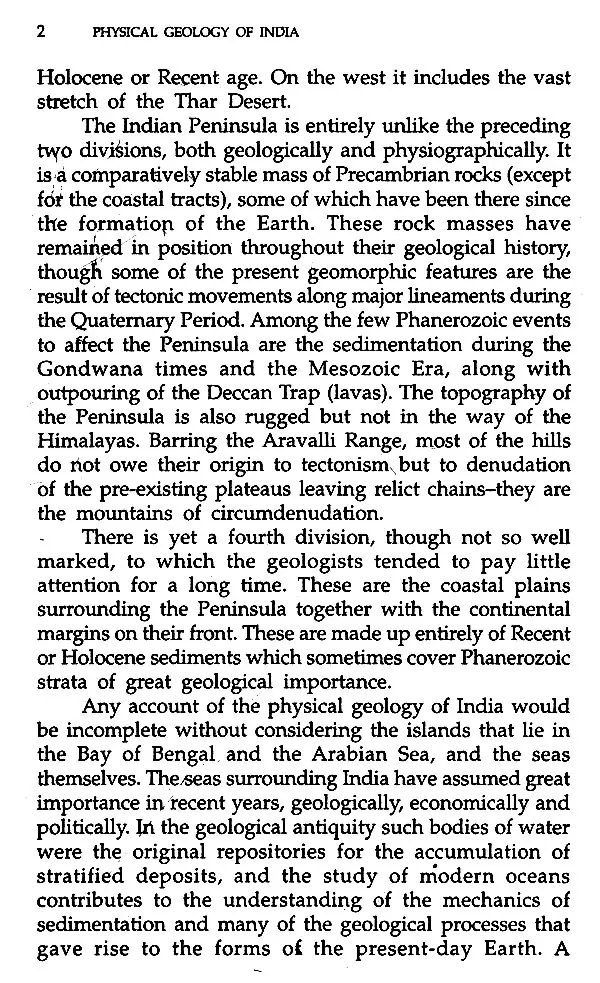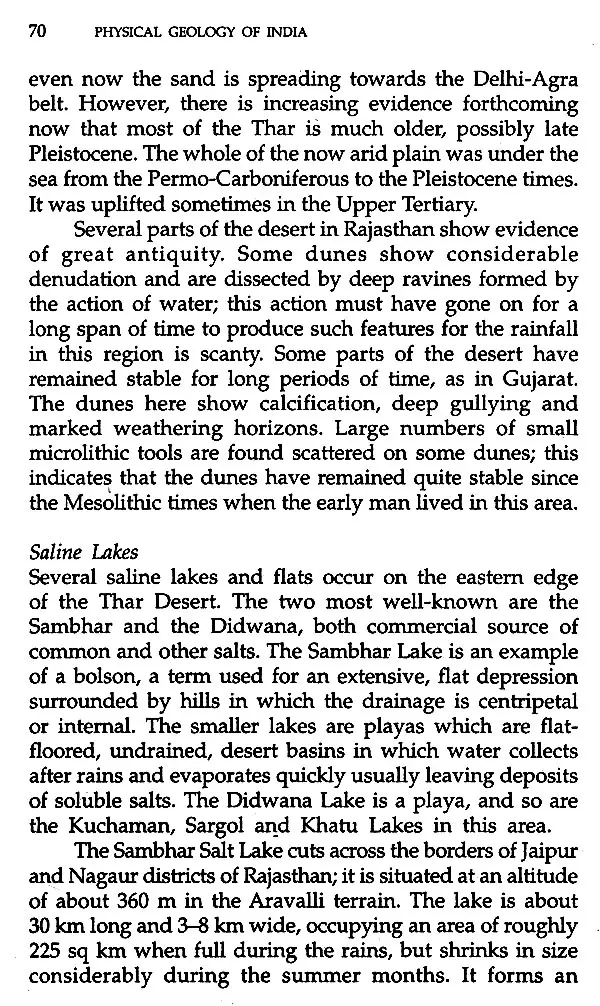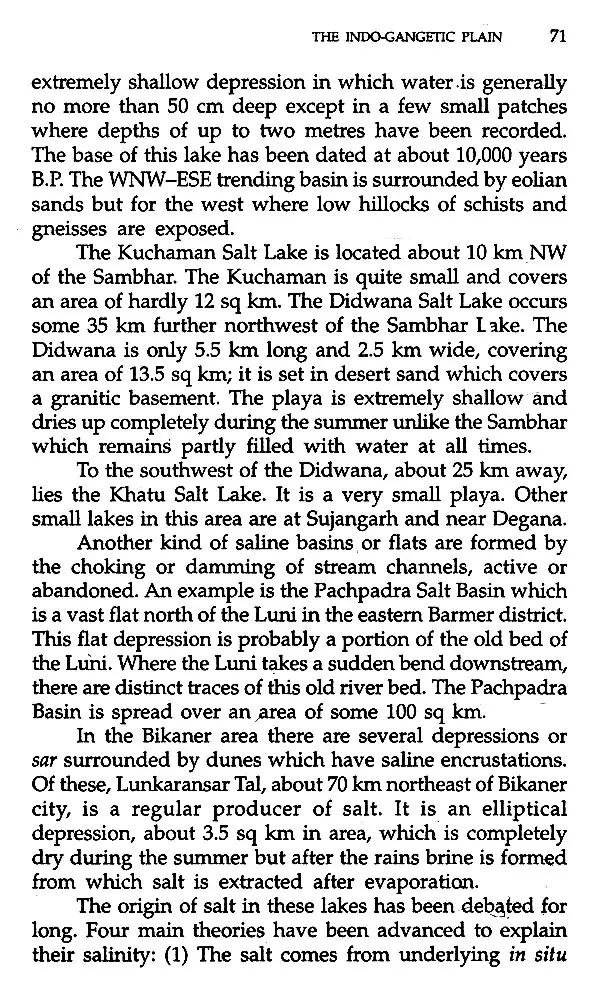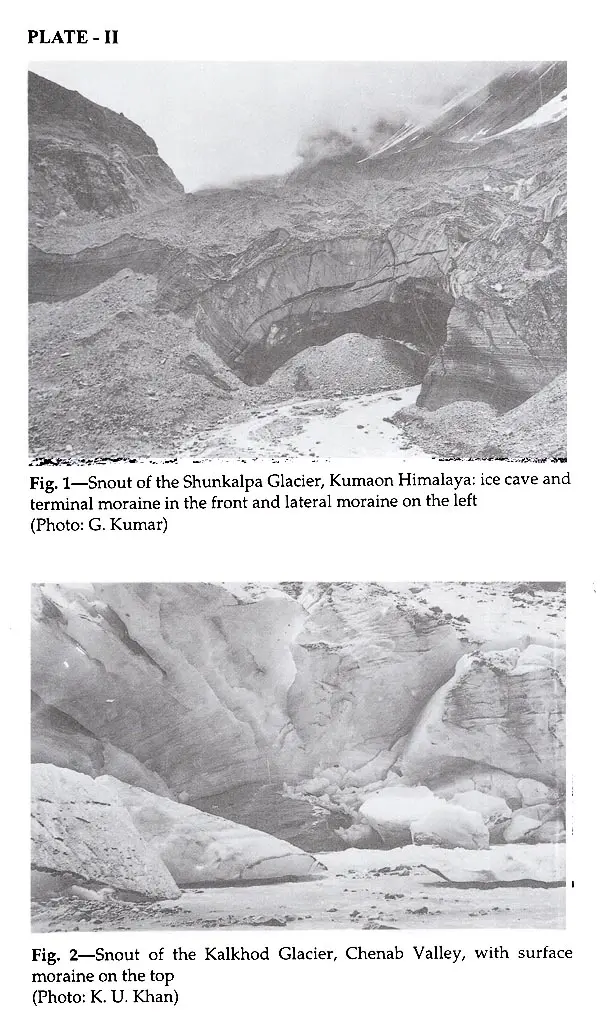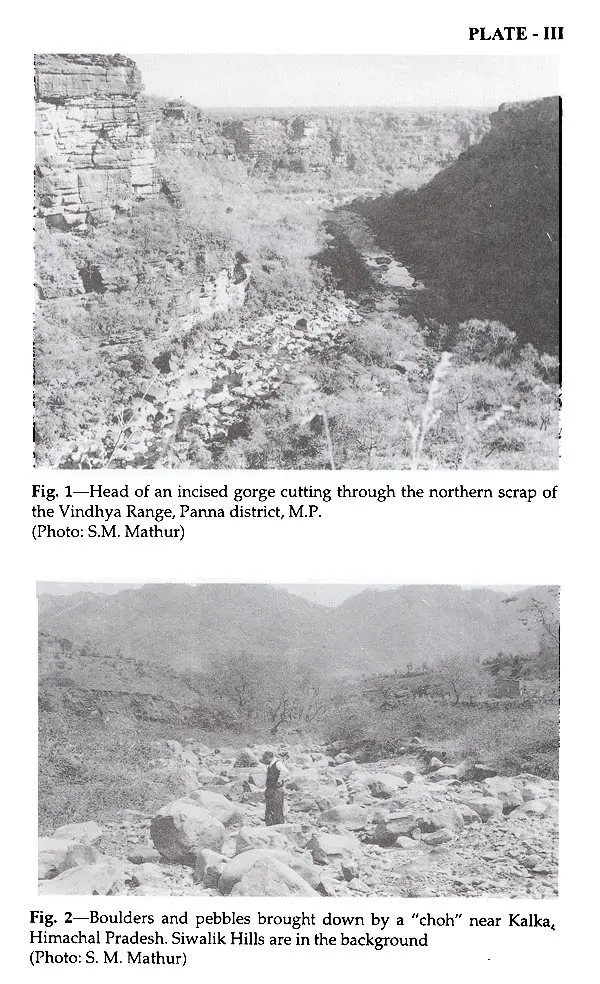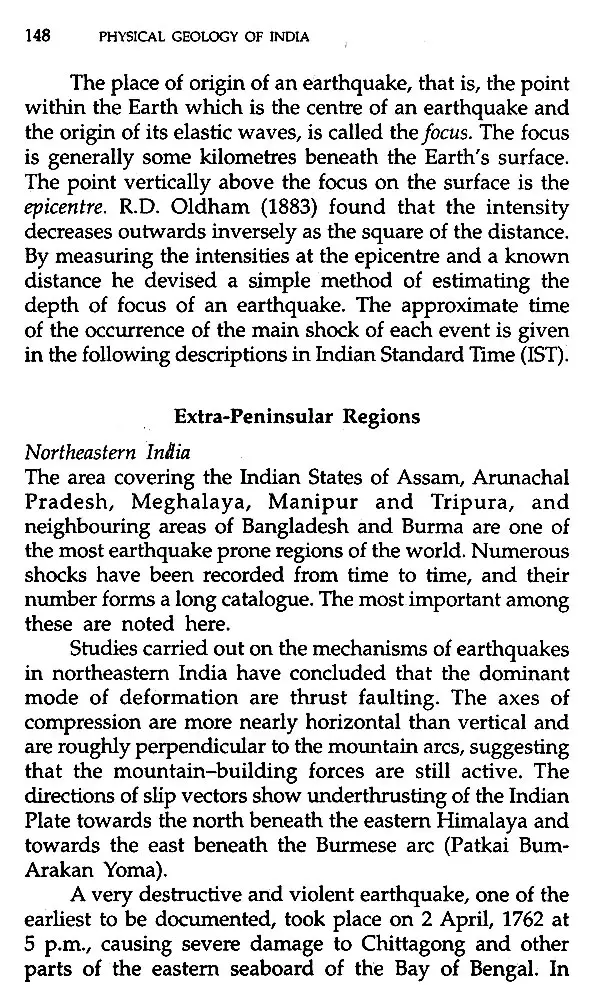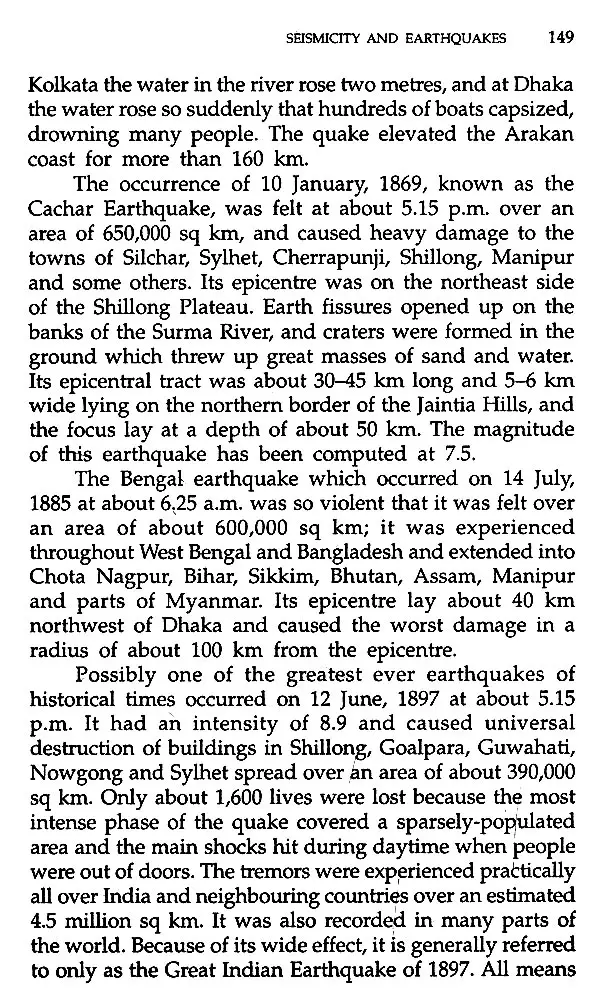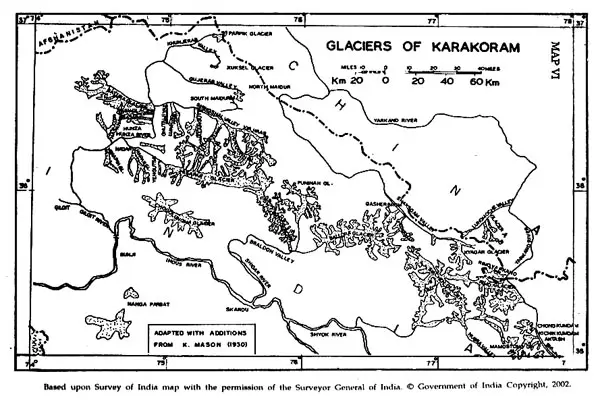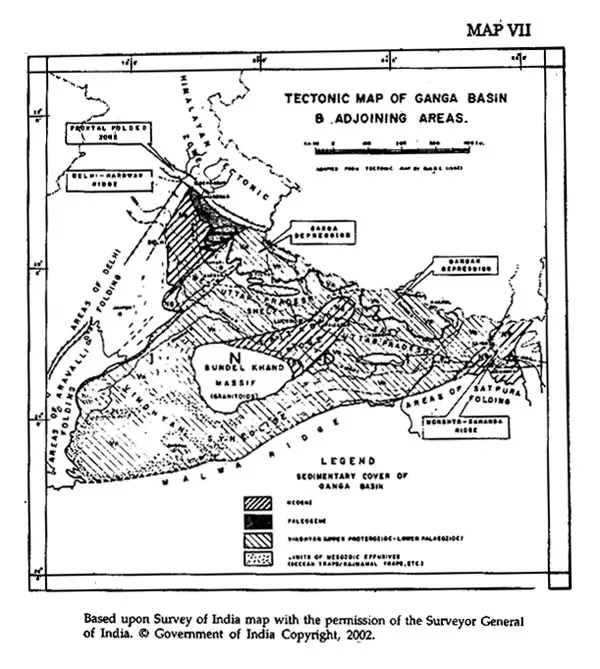
Physical Geology of India
Book Specification
| Item Code: | UAG101 |
| Author: | S.M. Mathur |
| Publisher: | National Book Trust, India |
| Language: | English |
| Edition: | 2015 |
| ISBN: | 9788123710075 |
| Pages: | 222 (Throughout B/W Illustrations With 8 Maps) |
| Cover: | PAPERBACK |
| Other Details | 8.50 X 5.50 inch |
| Weight | 330 gm |
Book Description
The revised edition of this fascinating study deals with all aspects of the physical geology of the Indian Subcontinent, the surrounding seas and their islands, along with a newly added section on Antarctica where India has established its own presence. Latest data are provided throughout, including those on the Indo Gangetic Plains, glaciers and global tectonics, along with up-to-date information on earthquakes which have lately been exercising the public mind. Of interest to geologists as well as geographers, the book is designed to serve as authoritative reference material for both students and scholars.
S.M. Mathur, author and geologist, is interested mainly in stratigraphy, sedimentology and economic geology. He has published overe 120 research and scientific papers in Indian and foreign journals and is quoted in several international text and reference books. He retired from the Geological Survey of India in 1977 and thereafter was appointed Emereitus Scientist by the Council of Scientific and Industrial Research at the University of Saugar (1978-84). He is a past president of the Geology and Geography Section of the Indian Science Congress and the Indian Association of Sedimentologists. He has also authored Guide to Field Geology and Geographical Facts, besides books on Punctuation and Writing Style.
The physical features of any land play a very important part in the development of its culture and its history. It is more so in the case of such a subcontinent as India, the northern frontiers of which have been guarded by the wall of the almost impregnable Himalayas and the peninsular proscenia defended by the mighty oceans Both these barriers have served to protect the territory from frequent external aggressions and this fact has shaped our history and destiny. The physiography has also influenced enormously the development of our culture. The great Indus Civilisation would not have thrived but for the congenial milieu provided by the fertile river valleys. The glorious art and architecture of Ajanta, Ellora and Elephanta were made possible by the surrounding natural environment. The importance of nature was well appreciated by the Indians from the beginning of time as evinced by the lore of mountains and rivers deeply ingrained in the Hindu and Buddhist religions. It must be appreciated that all the global forms owe their birth to geological processes and thus physical geology plays an important role in our lives.
Enormous developments in different branches of earth sciences have taken place in India during the last three decades. The progress made during this period is much greater than was achieved in the preceding one century. Some old ideas have now been discarded and several new facts and theories have come up. This small volume is an attempt to bring together the latest information on the physical aspects of the geology of India since no such connected account is now available. Some new themes such as the geology of the Indo-Gangetic Plains, the offshore regions, plate tectonics and expanding Earth concept-have been included. These have assumed great importance in recent years but have found no place hitherto in a modern Indian text.
Of necessity the book includes data about regions which fall in the neighbouring countries, for the physiography and geology of the entire Indian subcontinent are inextricably woven together into a fundamental fabric. Any attempt to exclude information about such regions would seriously undermine the understanding of the features of the subcontinent and the profound influence that they exercise on the framework of this part of the Earth.
One hundred and fifty years ago Charles Lyell published his Principles of Geology, which was "an attempt to explain the former changes of the Earth's surface by reference to causes now in operation." This book had a profound influence on the scientists of that time, and was the main force behind the concept of uniformitarianism.
The author of this book, an experienced field geologist, now retired from the Geological Survey of India and later appointed a C.S.I.R. Emeritus Scientist, has emphasised the close connection between the geology of India and its present day morphology, and he has done it in detail and in a rational manner.
In few countries is there such a clear distinction between three contrasted physiographic units as there is in India between the peninsular shield area, the orogenic mountains of the Himalaya, and the intervening deep Indo Gangetic depression, and it is around these three divisions that the book is structured.
The book deals with all aspects of the physical geology of the subcontinent, including earthquakes, isostasy and gravity, paleomagnetism, continental drift, seafloor spreading and plate tectonics. It is a book that should be in the libraries of all geographers and geologists, and the author is to be commended for having given us an up to-date study of the subject.
**Contents and Sample Pages**
